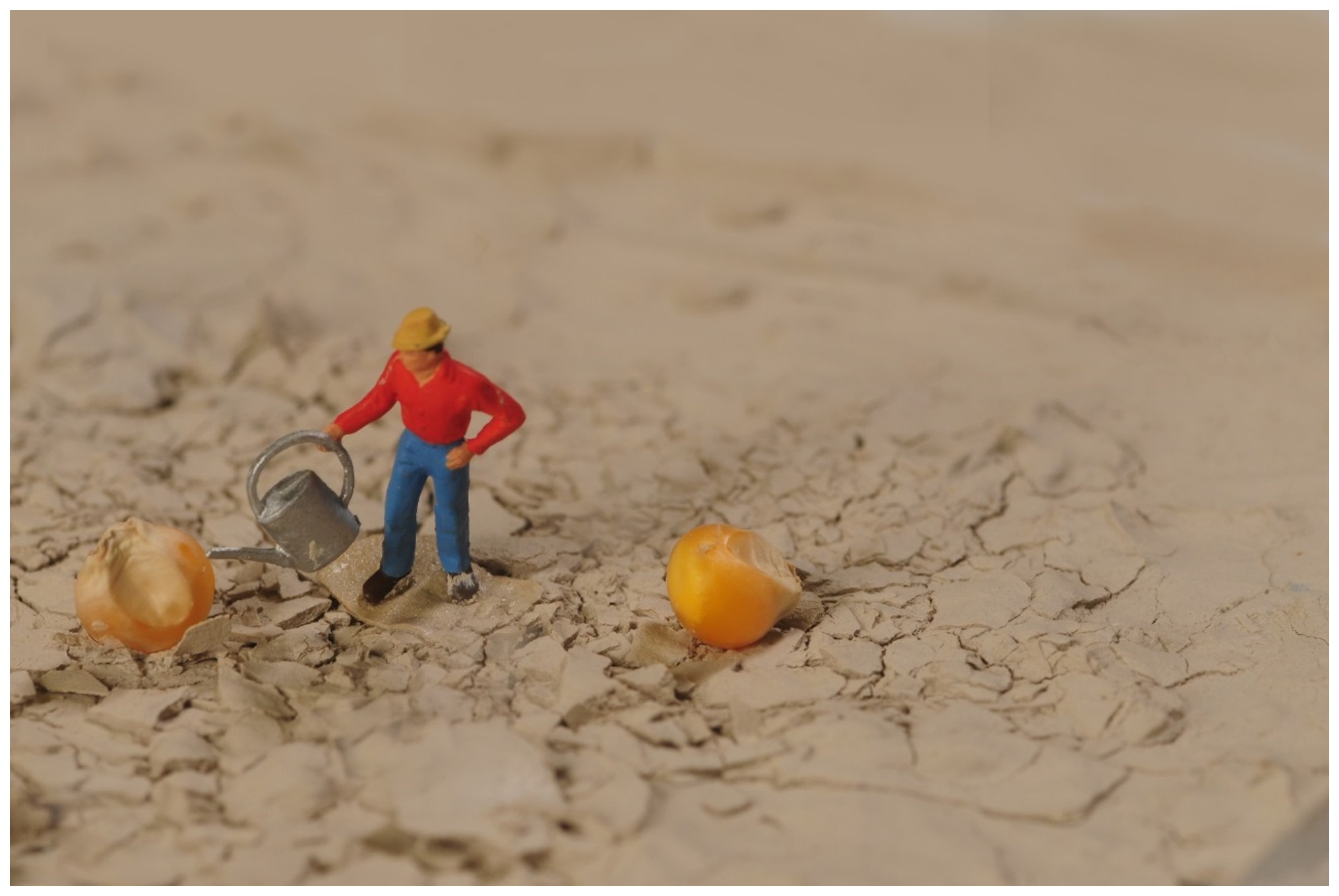Understanding the dynamic nature of plant organ growth
The size control of multicellular organisms is an old biological question that has always fascinated scientists. Growth, per definition is a dynamic process and it becomes more and more evident that its regulation is highly coordinated in time and space. Our long-term goal is therefore to decipher the dynamics of the molecular pathways and networks that determine plant organ size, using maize as a model system.
Growth regulation is highly coordinated within a plant organ, but also between organs. In the maize leaf, cell division and cell expansion are organized linearly, with cells dividing at the base of the leaf. As more cells are produced, the cells gradually begin to elongate until they reach their mature cell size. When the growth of one leaf slows down, the next leaf begins to grow rapidly. Similarly, after the predominant leaf growth in seedlings, the internodes begin to grow and eventually the reproductive organs. The tightly controlled, repetitive growth cycles throughout the plant's life are critical to plant architecture and various aspects of yield.
Growth processes are not only highly coordinated during development, but plants also adapt their growth when they perceive unfavourable environmental conditions, so understanding growth regulation is also important with regard to the need for climate-compatible crops. In mild drought, the growth rate of organs is reduced, but the growth period is extended.
